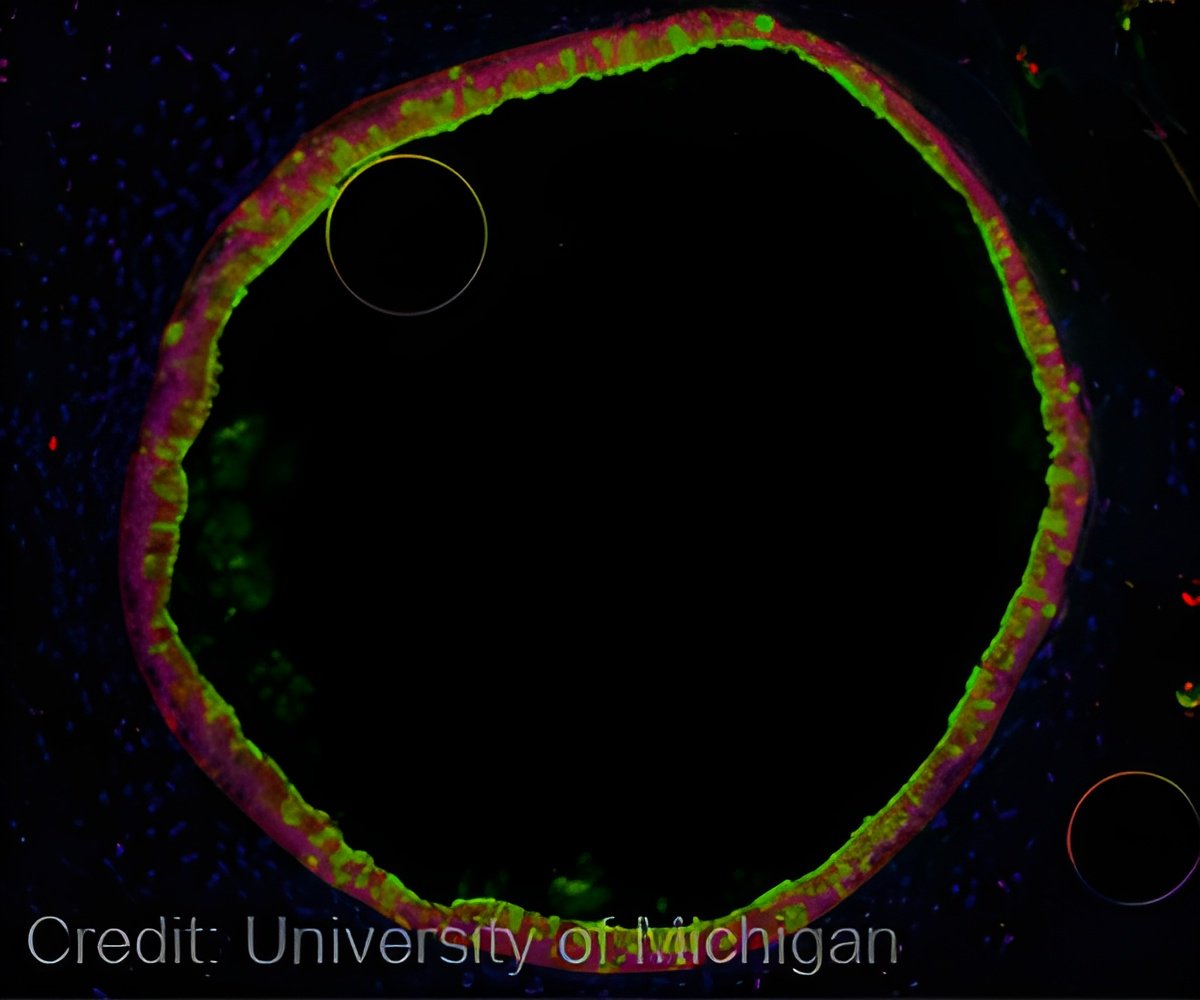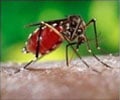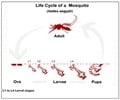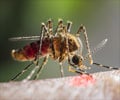
According to the authors of a commentary being published early online in Annals of Internal Medicine, the dramatic increase in WNV cases could be due to "the interplay of heat, drought, human habitats, increased mosquito populations and enhanced viral development that all act in concert to increase the force of transmission."
The authors also discuss the possibility that a new strain of WNV may have emerged or that the reservoir of infection in birds has increased. While nearly 80 percent of those infected with WNV have no symptoms, a few may experience life-threatening encephalitis and meningoencephalitis.
The authors warn that health care professionals and the public need to be on alert for WNV. They write, "A mosquito-prevention message must be unrelenting, directed at personal protective behaviors (avoidance, repellents, and clothing) and reduction of breeding sites. The public must be constantly prodded, with a balance of sensible precautions and serious awareness of the possibility for severe disease."
Source-Eurekalert











